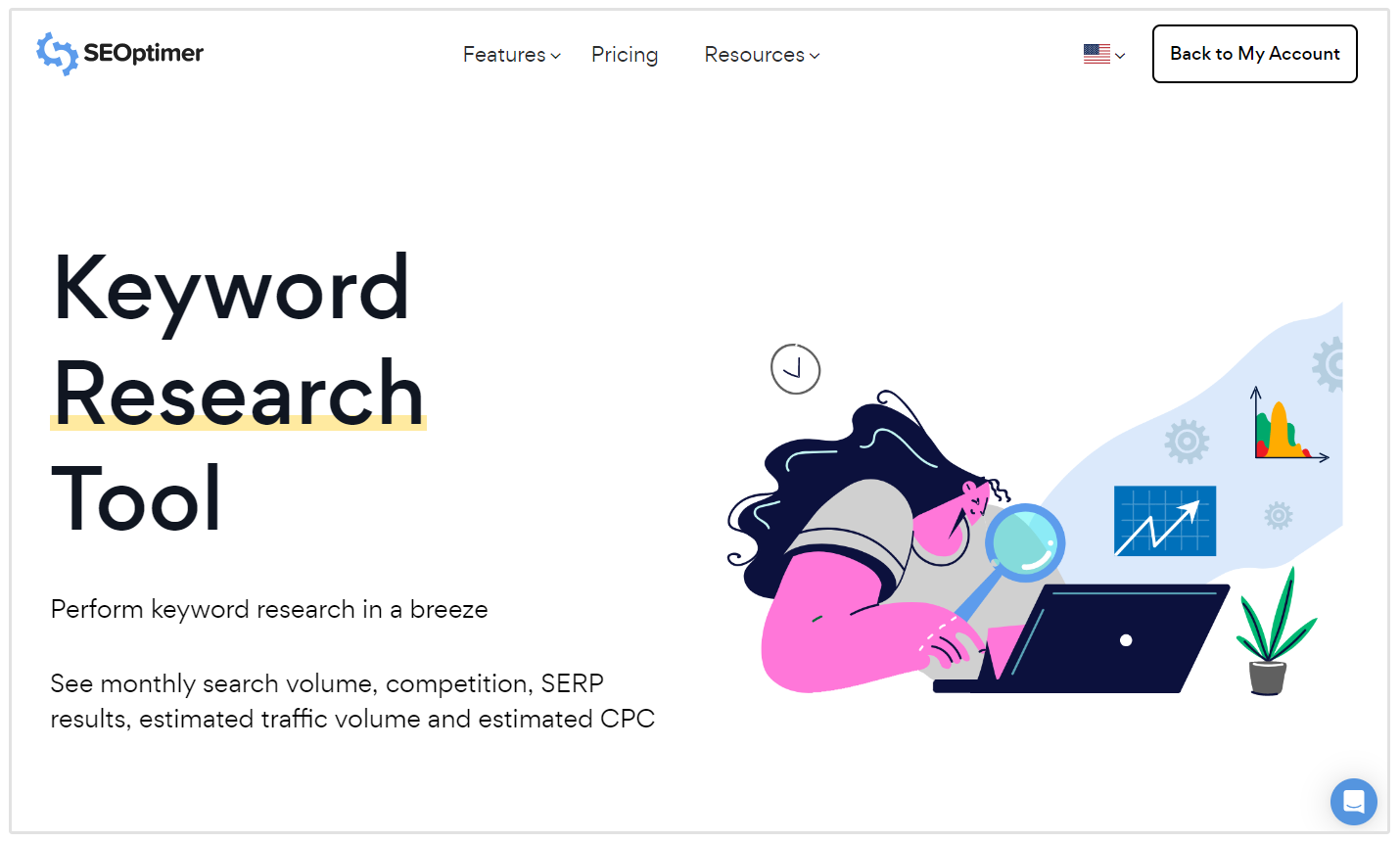Thorough Look at Secondary Dimensions in Google Analytics: Interpretation and Best Practices
Thorough Look at Secondary Dimensions in Google Analytics: Interpretation and Best Practices
Blog Article
Unveiling the Effect of Additional Dimension in Google Analytics on Information Analysis and Insights
In the realm of information analytics, the usage of second dimensions within Google Analytics has emerged as a crucial device for extracting deeper understandings and unraveling facility patterns that could otherwise continue to be obscured. By peeling off back the layers of primary information sets, secondary measurements provide a nuanced perspective that enriches the understanding of user actions, web site performance, and the effectiveness of advertising and marketing techniques. However, real impact and untapped possibility of secondary dimensions are frequently underestimated, outweighed by the appeal of primary metrics. As we navigate with the elaborate landscape of information evaluation, the importance of additional dimensions comes to be increasingly evident, losing light on critical details that hold the secret to notified decision-making and critical optimizations.
Discovering the Principle of Second Measurements
Additional measurements in Google Analytics give added understandings by enabling users to examine main data along with a secondary characteristic. This attribute makes it possible for an extra comprehensive understanding of the key information by including another layer of information for evaluation. By including second dimensions, customers can dive deeper into the data and reveal valuable connections that may or else go unnoticed. By matching the key data of website web traffic with secondary measurements like demographics or habits, marketers can gain an extra extensive sight of their target market and tailor their methods appropriately.
Understanding the concept of second dimensions is essential for maximizing the possibility of Google Analytics. It allows individuals to sector information properly, determine patterns, and make educated choices based on a much more complete image of their analytics information. By exploring the different second dimensions offered in Google Analytics, individuals can open brand-new understandings and optimize their digital advertising and marketing efforts. Essentially, second measurements work as a powerful tool for boosting information evaluation and driving workable outcomes.
Enhancing Information Interpretation With Second Dimensions
Having established the foundational understanding of additional dimensions in Google Analytics and their pivotal duty in information evaluation, the focus now moves towards leveraging these second credit to boost the analysis of analytics data (what is a secondary dimension in google analytics). By including secondary dimensions into information analysis, experts can get deeper understandings right into customer habits, web site performance, and advertising and marketing efficiency

In addition, second measurements aid in contextualizing primary information metrics by supplying additional layers of details. This contextualization aids in comprehending the 'why' behind the data patterns, helping analysts make notified decisions and optimizations to enhance overall efficiency. Inevitably, integrating secondary measurements enriches the data analysis procedure, bring about even more meaningful insights and calculated actions.
Uncovering Hidden Insights Via Additional Measurements
Discovering the depths of analytics information with additional measurements exposes useful understandings that would certainly or else stay obscured. By integrating secondary measurements in Google Analytics, businesses can discover surprise patterns, patterns, and relationships that offer a more thorough understanding of user habits and internet site performance. These added layers of data enable experts to dig deeper right into the primary measurements, such as web traffic sources or touchdown pages, and obtain a much more nuanced point of view on just how different variables communicate with each various other.
Via the use of secondary measurements, experts can sector and compare data throughout numerous measurements, enabling them to identify certain variables that influence user involvement, conversion rates, and overall success metrics. By pairing the primary measurement of 'tool group' with the second dimension of 'age group,' marketing professionals can determine which age demographics favor accessing the website through mobile tools versus desktop computers.
Leveraging Secondary Measurements for Actionable Analytics
Building upon the insights introduced through secondary dimensions in Google Analytics, businesses can currently harness this enriched data landscape to drive actionable analytics and strategic decision-making. By leveraging additional dimensions, companies can dive deeper into their information to remove beneficial patterns, trends, and relationships that might have previously gone unnoticed. This deeper degree of evaluation allows companies to acquire a much more detailed understanding of customer behavior, campaign performance, and general internet site performance.
One secret benefit of utilizing secondary dimensions for actionable analytics is the capacity to more info here segment information based upon specific criteria. This segmentation permits services to customize their campaigns and approaches to various target market groups, causing extra targeted and effective advertising initiatives - what is a secondary dimension in google analytics. In addition, additional dimensions provide a more all natural sight of customer communications, making it possible for services to maximize their site material, design, and overall user experience
Maximizing Decision-Making With Additional Dimensions
To improve tactical decision-making in analytics, leveraging secondary measurements in Google Analytics can offer an extra nuanced point of view on user actions and campaign performance. By incorporating secondary dimensions right into data analysis, companies can dig deeper right into the specifics of their website visitors' interactions and involvement patterns. This added layer of details enables a more thorough understanding of exactly how various variables, such as demographics, tools, or website traffic sources, effect vital performance indicators.

Conclusion
Finally, making use of additional measurements in Google Analytics plays an important role in enhancing information evaluation and revealing surprise understandings. By exploring this principle, one can get a deeper understanding of customer behavior and make educated decisions based upon actionable analytics. Leveraging secondary dimensions permits for a much more thorough interpretation of information and optimizes the effectiveness of decision-making procedures.
"/>
Report this page